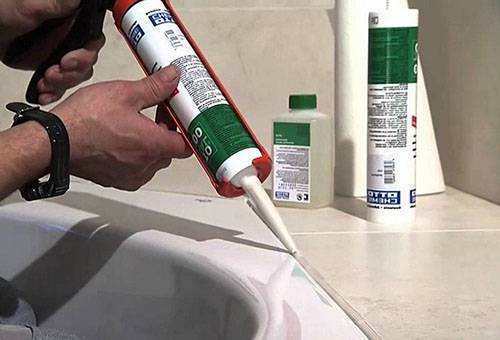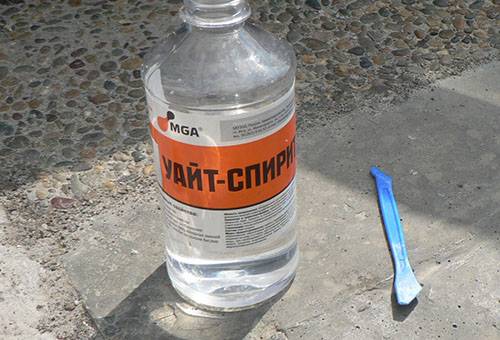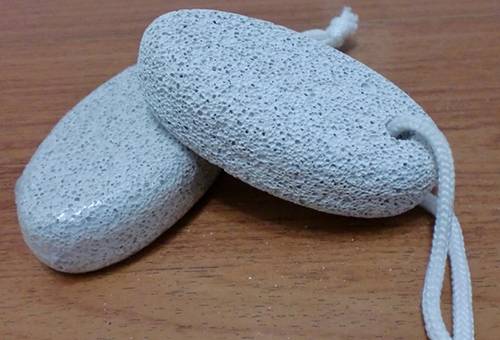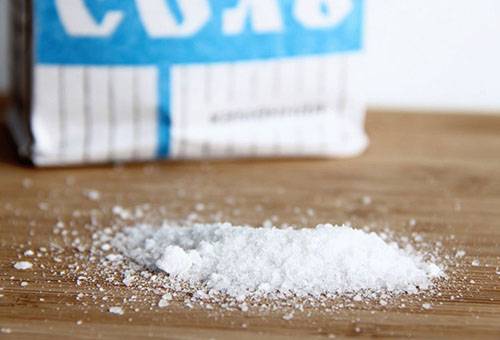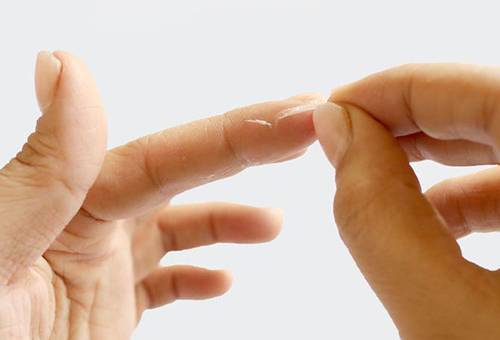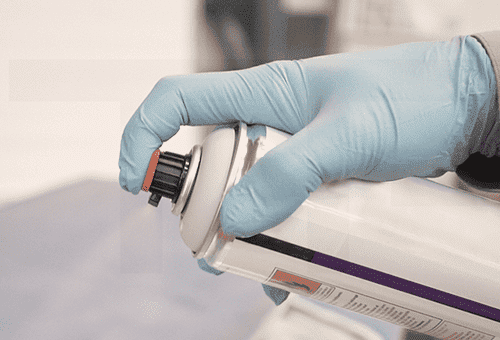How to rinse silicone sealant and how not to damage the surface?
Content:
After the repair, the owners get unpleasant surprises in the form of stains left from building materials: paints, oils, cement, sealant ... Today we will consider the most correct answers to the question of how to carefully rinse silicone sealant, and also discuss whether it is necessary to get rid of it reminders of past repairs.
Is it necessary to get rid of residual sealant exactly?
Yes, perhaps this question will seem strange to many, but we could not help but answer it. In general, silicone sealant at first glance does not seem to be something that can ruin the appearance. For example, pipes in a bathroom or toilet that are not sealed with sealant do not look bad at all, but, on the contrary, inspire confidence: you should not expect leaks in the near future. But sealant is not always used when working with plumbing. During the installation of windows, for example, cracks are smeared with it, and it so happens that an unpleasant and very noticeable drop of some substance remains on the window frame. This drop will inevitably grow into a thin layer of dust, which will be very difficult to wash off. That is why we recommend that after repair, during cleaning, get rid of all unwanted stains of silicone sealant, so as not to try to remove all disgusting and very noticeable pollution with all our might.
Sealant Removal Using White Spirit
White Spirit is a universal solvent that can help wash almost everything, including silicone sealant. So, to remove the sealant with the help of White Spirit, you will definitely need the following list of items:
- in fact, "White Spirit" itself (or some similar action of substance);
- a rag (preferably made of cotton, but in the absence of such a synthetic one will do);
- a small blade or, in its absence, a knife.
"White Spirit" is applied to the rag, and it wipes the sealant stain.
Attention!
Observe precautions: it is best to wear gloves, since solvent can have the most negative effect on the skin of the hands.
After thirty to thirty-five seconds, you can try to remove the stain by cutting it off with a blade. For a thick layer, a longer interval may be required, and if necessary, you can even leave the rag with the solvent directly on the stain (if, of course, the working surface allows it to be better not to risk it on plastic, but the tile is completely resistant to the solvent, so you can easily put the rag directly on the spot). If a trace remains after removing the stain, it should also be rubbed with a rag with White Spirit.
Knife and Pumice
This method on the forums, many Internet users have called "hard" - from the English word hard, means "hard" or "aggressive." However, this method is very effective, and therefore we considered it necessary to describe it in more detail. Its essence is simple. Only two means are involved in the process: a knife and pumice, which makes this option the safest for the hands of the owners and for their health in general. Everything is done very simply: first, with a knife, a large part of the contamination is cut off, a silicone tubercle, if any. Then, with the help of a pumice and a knife, the residues are cleaned, and as a result the sealant completely disappears. After that, you can simply rinse the surface and, if necessary, apply a non-aggressive powder or gel.However, we clarify again: this method is very dangerous for the surface, especially for delicate coatings, for example mirrors or shiny tiles, and therefore it should be used only in the most extreme cases, and in general - be considered as the most-most emergency option.
Removing sealant with wet salt
Compared with the previous method, this one seems to be something so safe that even inactive and without a right to exist. On the contrary, removing silicone sealant with salt is the most correct solution, since it is practical, affordable for everyone, and safe for the skin of your hands and overall health. It’s easy to start cleaning: just make a small swab from a bandage or gauze rag, and then fill it with wet salt. After this, the affected surface must be rubbed in a circular motion with a salt swab and follow the reaction of the sealant.
Removing sealant from human skin
The most important thing to observe when working with all building materials, including sealant, is caution. There are times when silicone sealant hardens directly on the skin of the hands during construction work. To remove it, you can not use chemicals, so as not to harm the victim. We recommend using a regular sealant, table vinegar, or medical alcohol on a cotton swab or disk to clean the sealant. With a slight movement, the swab is applied to the sealant stain, and then removed after half a minute. Usually in such cases the silicone sealant itself also sticks. The substances that we recommend using are good because in case of short contact with the skin of the hands (and indeed with the human skin) they do not cause harm, and sometimes they benefit the situation.
Special Sealant Remover
In modern hardware stores or large chain hypermarkets, you can always find special tools that will help you clean and simple remove silicone sealant. What is very important, many of these products are made in such a way that they do not damage the skin of the hands during work, and this is very important, especially for the fair sex. In addition, for the safety of hands, we strongly advise you to work with any substances (including those that should be safe) with gloves on. Excessive vigilance never hurts!
So, rinsing silicone sealant from different surfaces is not always a simple task, but it is always solved. The main thing here is to observe precautions so as not to harm the skin of the hands, respiratory tract (fumes are sometimes dangerous), as well as surfaces requiring cleaning. Have a nice cleaning!
